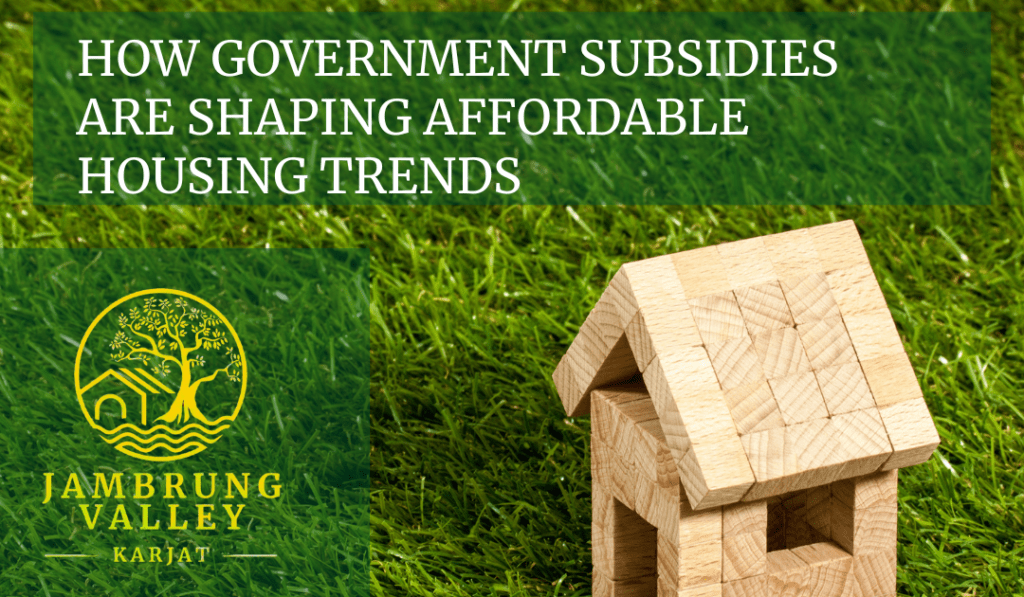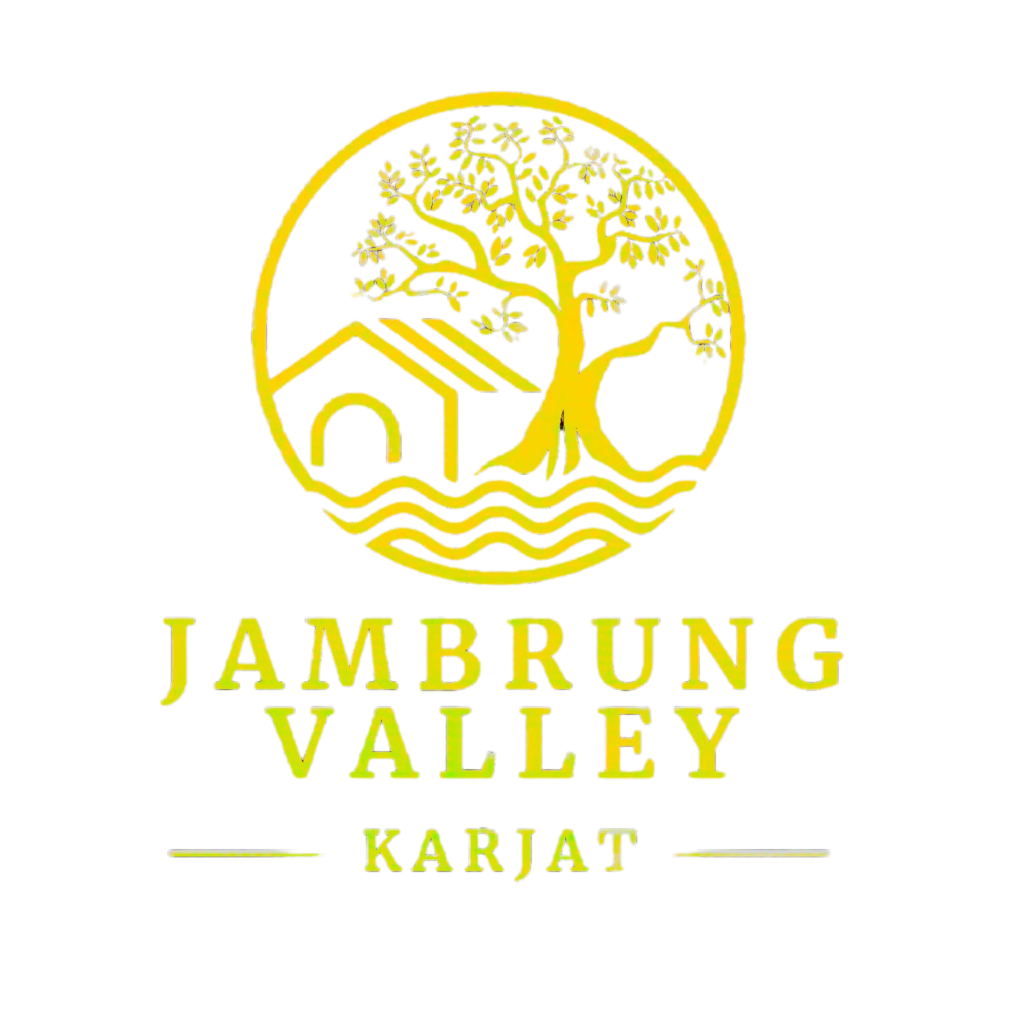
How Government Subsidies Are Shaping Affordable Housing Trends
In recent years, the Indian real estate landscape has undergone a significant transformation, driven not just by market forces but by deliberate government intervention. At the heart of this transformation lies affordable housing, a sector receiving a massive boost through targeted government subsidies and policy initiatives. As India moves toward inclusive urbanisation, these interventions are redefining buyer preferences, development models, and long-term investment opportunities.
The Push for Affordable Housing: A Policy-Driven Revolution
Affordable housing was once viewed as a niche initiative for low-income groups. Today, it’s a mainstream market driver. Government programs have brought affordability to the centre of urban planning by providing:
- Financial support to developers
- Interest subsidies to homebuyers
- Faster approvals and reduced taxes
- Infrastructural incentives for project development
These strategies boost supply and stimulate demand among first-time buyers, middle-income families, and urban migrants.
Key Government Subsidy Schemes Powering the Trend
1. Pradhan Mantri Awas Yojana (PMAY)
Launched in 2015, PMAY aims to provide “Housing for All by 2022.” The scheme offers:
- Credit Linked Subsidy Scheme (CLSS): Interest subsidy of 3–6.5% on home loans for eligible buyers based on income categories.
- Direct financial assistance for Economically Weaker Sections (EWS) and Lower Income Groups (LIG).
- Support for in-situ slum redevelopment using public-private partnerships.
PMAY has successfully lowered the cost of home ownership, making it viable for buyers to consider property in developing or semi-urban areas.
2. Infrastructure Status to Affordable Housing
Affordable housing projects were granted infrastructure status by the government in 2017. This:
- Enabled cheaper loans and longer tenures for developers.
- Encouraged investment by banks and NBFCs in housing projects.
- Improved land acquisition and planning processes.
This move made it more profitable for developers to focus on low-ticket-size homes, especially in Tier-2 and Tier-3 cities.
3. GST Reduction on Affordable Homes
The Goods and Services Tax (GST) on affordable homes has been slashed from 8% to just 1% (without ITC). This directly impacts:
- Final cost to the buyer
- Sales conversions in budget projects
- Buyer confidence in under-construction properties
The Ripple Effects on Real Estate Development
Government subsidies have created a ripple effect across the sector:
1. Developers Are Rethinking Their Project Mix
More developers are now allocating a significant portion of their portfolio to affordable units, especially in fast-growing corridors with government incentives.
2. Increased Private Sector Participation
With tax reliefs, easier loans, and faster approvals, even luxury developers are entering the affordable space, targeting volumes over margins.
3. Emergence of New Real Estate Hotspots
Subsidy-backed housing is shifting attention away from saturated metros to peripheral towns and semi-urban areas like Karjat.
How Subsidies Are Shaping Buyer Behavior
Today’s real estate buyer is more aware, financially literate, and subsidy-savvy. Here’s how subsidies are influencing buyer trends:
1. First-Time Buyers Are Entering the Market Sooner
With lower EMIs and down payments, many millennials and nuclear families are buying their first homes in their late 20s or early 30s.
2. Increased Demand for Smaller Configurations
Buyers are focusing on 1 BHK or compact 2 BHK homes, not as compromise, but as smart, sustainable living spaces that match modern needs.
Why Karjat Is Emerging as a Beneficiary of This Trend
As urban areas expand and infrastructure improves, towns like Karjat are becoming ideal zones for affordable housing backed by government incentives. Here’s why:
- It falls within the extended Mumbai Metropolitan Region (MMR).
- Improved rail and road connectivity due to state and central infrastructure investments.
- Lower land costs, allowing developers to price homes within PMAY limits.
- Upcoming township projects and villa communities that cater to both middle-income and aspirational buyers.
Jambrung Valley – Where Affordability Meets Aspirational Living
One of the most exciting developments in the affordable yet aspirational housing space is Jambrung Valley in Karjat. This evolving micro-township offers:
- Villa-style homes and farm plots at accessible price points.
- Well-connected roads, green surroundings, and essential amenities.
- A blend of government-supported infrastructure and private luxury touches.
Jambrung Valley represents the next evolution — where affordable housing doesn’t mean compromise, but rather value-driven, lifestyle-oriented real estate.
A New Era for Housing, Powered by Policy
The impact of government subsidies on affordable housing is no longer limited to statistics or policy reports, it’s reshaping how and where India lives. With smart planning, strategic incentives, and a focus on inclusive growth, the sector is now inviting both homebuyers and investors to be part of a more equitable real estate future.
And as the spotlight turns toward emerging destinations like Karjat, with hidden gems like Jambrung Valley, one thing is clear the next big real estate story is not just about price, but about promise.



